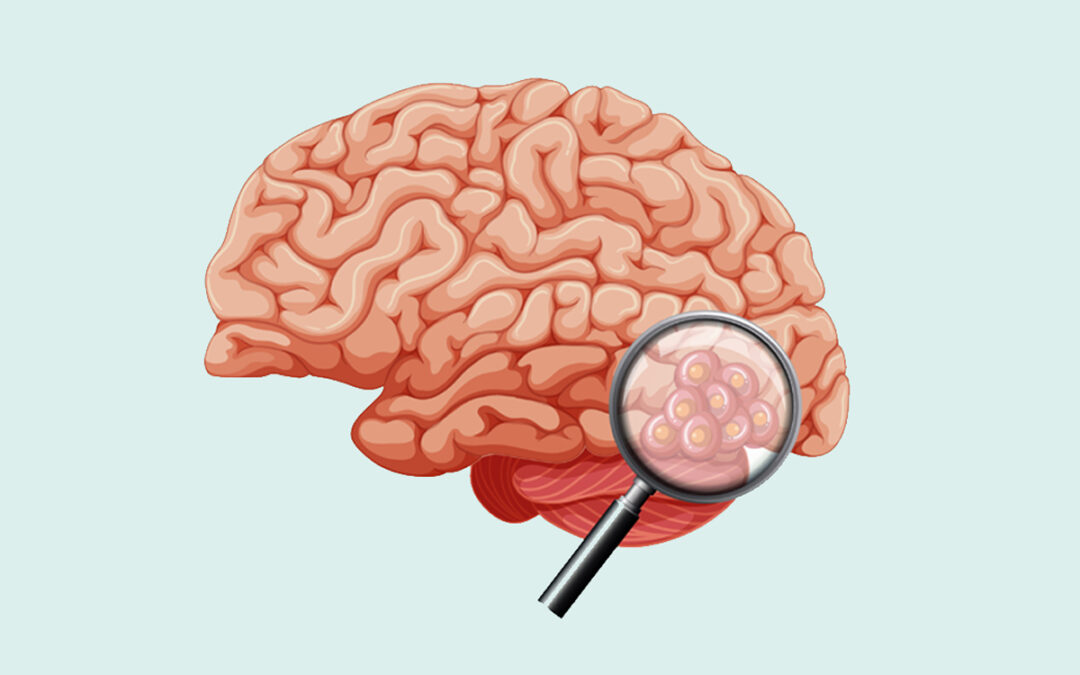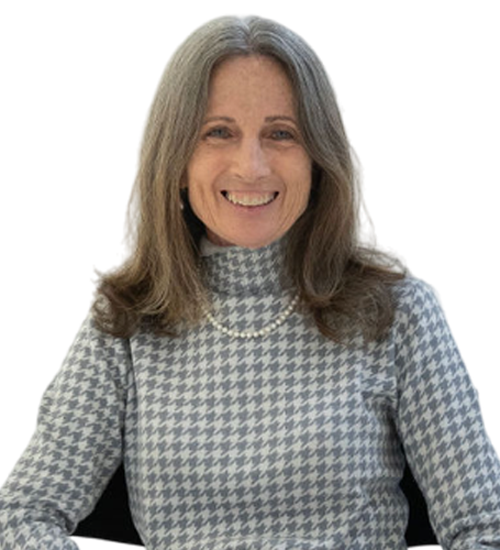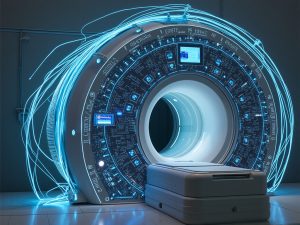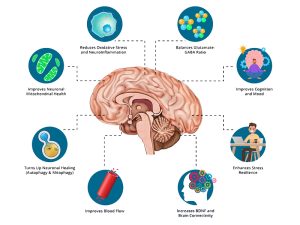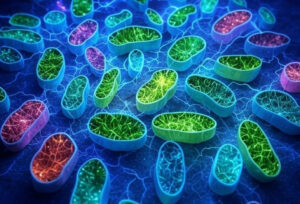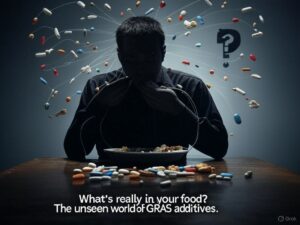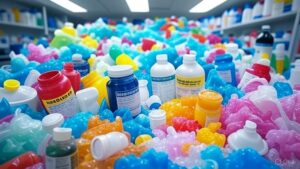In November 2023, I was diagnosed with Primary CNS Lymphoma (PCNSL), an inoperable tumor located in my corpus callosum—the thick band of nerve fibers that connects the two sides of the brain and coordinates thinking, movement, and emotion. By June 2025, my MRIs showed no active cancer. This is not just a story of surviving brain cancer—it is the story of the brain’s remarkable ability to repair itself through natural pathways like neurogenesis and neuroplasticity.
What is Neurogenesis?
Neurogenesis is the process by which the brain creates new neurons—nerve cells that send and receive signals. For decades, scientists believed this only happened during childhood. That assumption changed in the late 20th century. In 1998, a landmark Nature Medicine study showed that neurogenesis occurs in adults, even up to age 72. In 2025, a Science paper confirmed this again using advanced genetic tools. These discoveries prove the adult brain is not fixed, but capable of renewal.
For a relatable explanation, neuroscientist Sandrine Thuret’s TED Talk makes this concept accessible.
What is Neuroplasticity?
Neuroplasticity is the brain’s ability to rewire itself by strengthening or weakening connections between neurons. The idea dates back to William James in 1890, but scientific evidence built gradually over the 20th century. By the mid-1900s, researchers showed that animal brains reorganized after injury. Today, neuroplasticity is recognized as a lifelong ability.
Neurogenesis and neuroplasticity work hand in hand: neurogenesis supplies new neurons, while neuroplasticity integrates them into functional circuits. As neuroscientist Andrew Huberman and Dr. Michael Kilgard explained in an August 2025 episode of the Huberman Lab podcast, neuroplasticity requires focus, alertness, effort, reflection, and sleep—conditions that allow the brain to rewire itself. Their discussion emphasized how neuromodulators like dopamine, acetylcholine, serotonin, and norepinephrine play critical roles in this process. Episode link: https://go.hubermanlab.com/0LbwBp4
Identifying the Source of Inflammation
A crucial piece of my journey was identifying and removing a hidden source of inflammation: a chronic dental infection. I believe this infection likely overstimulated my immune system, contributing to the lymphoma’s growth. When it was finally treated and the infection removed in 2024, my body could redirect its healing response. By itself, eliminating the infection didn’t explain my recovery—but it created the conditions where my body’s natural repair systems, including neurogenesis, could take hold.
MRI Evidence of Brain Repair
My MRIs illustrate the transformation:
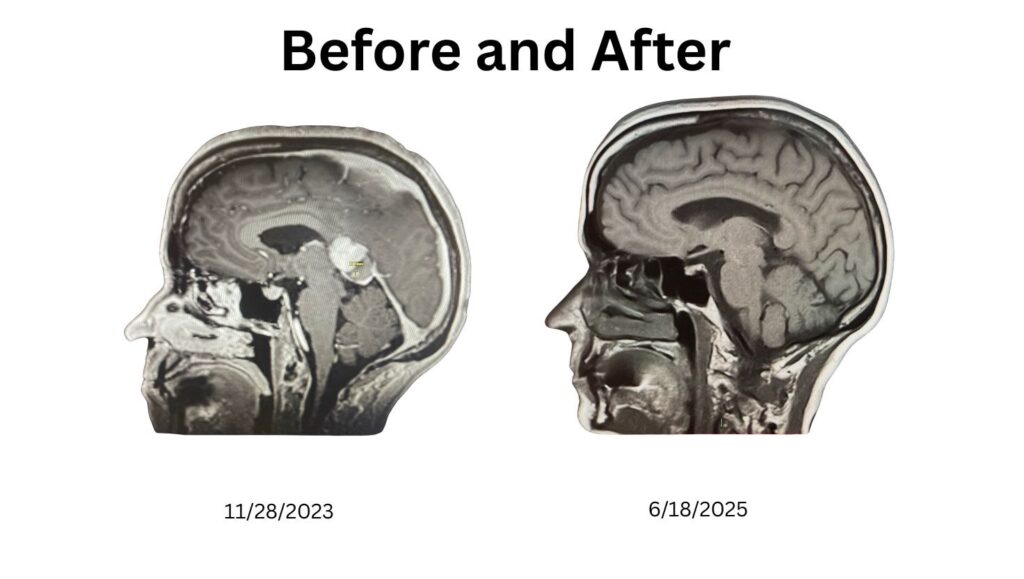
Figure 1. MRI comparison: November 2023 (5 cm tumor visible) vs June 2025 (no active disease).
When I shared these images online, AI analyst @Agent_IsaacX described the changes as “remarkable neuroplasticity.” While I cannot biopsy my brain to prove new neurons, these before-and-after scans strongly suggest repair consistent with neurogenesis and neuroplasticity.
Why This Matters
For brain cancer survivors—and for anyone facing neurological challenges—the discovery that the adult brain can create new cells and rewire itself offers real hope. My journey highlights how the brain’s innate regenerative processes can be activated and sustained. It shows the brain is not static—it can adapt, heal, and surprise us with its resilience.
Closing Message
This is more than my personal story. It is evidence of the brain’s ability to regenerate and reorganize itself through neurogenesis and neuroplasticity. The science is clear, and my scans provide living proof: the human brain can repair itself.
Linda Wulf, Cancer Thriver. Follow @Wulf6Wulf on X or lkwulf1.substack.com.
References
- Eriksson, P. S., et al. (1998). Neurogenesis in the adult human hippocampus. Nature Medicine. https://www.nature.com/articles/nm1198_1313
- Dumitru, I., et al. (2025). Identification of proliferating neural progenitors in the adult human hippocampus. Science. https://www.science.org/doi/10.1126/science.adu9575
- Thuret, S. (2015). You can grow new brain cells. Here’s how. TED Talk. https://www.ted.com/talks/sandrine_thuret_you_can_grow_new_brain_cells_here_s_how
- Huberman, A. & Kilgard, M. (2025). The Science of Neuroplasticity. Huberman Lab Podcast. https://go.hubermanlab.com/0LbwBp4

Linda Wulf
My journey with CNS lymphoma not only shaped my perspective on health but ignited a mission to uncover and educate about the myriad chemicals we encounter every day.

